How worried should we be about the news that P1, one of the two Brazilian variants of Sars-CoV-2, has been found in six people who travelled from Brazil to Britain before the hotel quarantine rules came into force, and that one of these people has yet to be traced? Variant P1 is of concern not just because laboratory study has revealed changes to the spike protein, which might make it theoretically more transmissible, but because of real-world data from Manaus, the Amazonian city to which its origins have been traced.
It was first detected in Japan on 6 January among a family which had travelled from the city. A subsequent study by the University of Sao Paulo and Imperial College found that 13 out of 31 samples of Sars-CoV-2 found in Manaus between 15 and 23 December were found to be of the other Brazillian variant P6. Analysis of 26 samples taken between March and November revealed not one case of the new variant, suggesting that it emerged in the city late last year.
Manaus had already had a severe first wave of Covid-19 which had led some scientists to wonder whether the city had achieved herd immunity. As I wrote here last August, the first wave of the disease seemed to die away of its own accord last April, at a point when around 20 per cent of the population were believed to have been infected.
A subsequent serological survey by the University of Sao Paulo suggested that the proportion of people in Manaus who had been infected in the first wave was rather higher than this, at 52 per cent. The researchers then adjusted this upwards to take account of their estimated decay of antibodies in the general population and came up with an estimate that 76 per cent of the population had already been infected. That is some way above the theoretical herd immunity threshold of 67 per cent — based on the estimate that Covid-19 has a natural R number of 3.
So, if any city in the world should have been protected against a second wave of Covid-19 it ought to have been Manaus. Throughout the second half of last year infection levels did, indeed, remain very low, in spite of the city relaxing its Covid-19 restrictions. Yet in December, around about the time that the new variant P6 seems to have emerged, cases of Covid-19 began to jump again. Between 1 and 19 January, there were 3,431 hospital admissions on Manaus — coming at an even higher rate than during the first wave last April.
How come a city could be so affected when it had theoretically already achieved herd immunity? A paper by the University of Sao Paulo published in the Lancet in January suggested four possibilities. Firstly, that the estimate of the number of people afflicted in the first wave had been overestimated. Secondly, that immunity among the population had begun to wane by December. Thirdly, that the new variant was evading the immunity built up through infection with the earlier variants. And fourthly, that the new variant was much more transmissible than the original variants, and thus has a higher R number and herd immunity threshold.
Explanations three and four reveal why this variant is causing special concern. We don’t, however, have a great deal of data on how the new variant responds to the vaccines being used in Britain. It ought also to be emphasised that the detection of P6 in Manaus is based on the testing of a very small number of samples.
Got something to add? Join the discussion and comment below.
Get 10 issues for just $10
Subscribe to The Spectator Australia today for the next 10 magazine issues, plus full online access, for just $10.


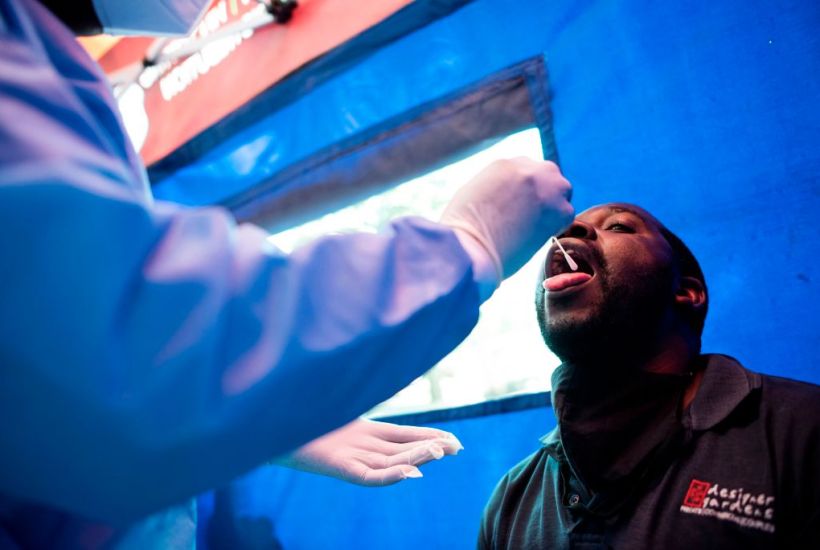
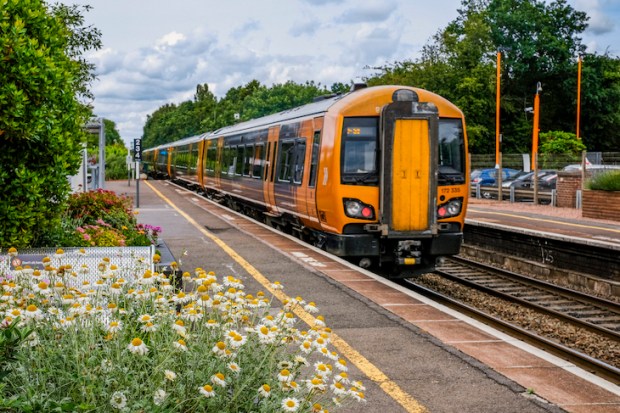
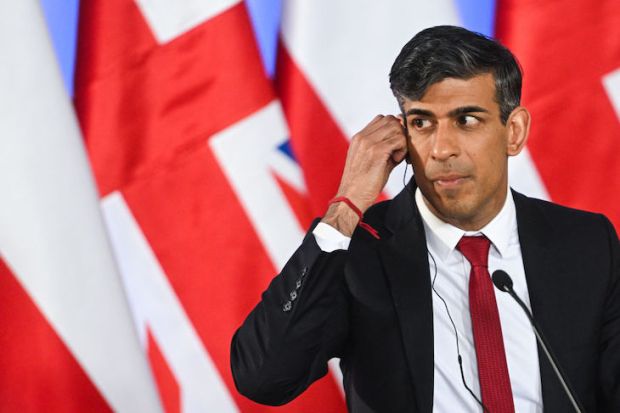
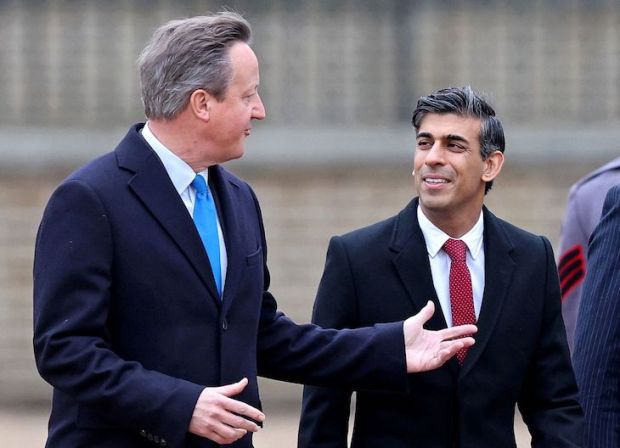
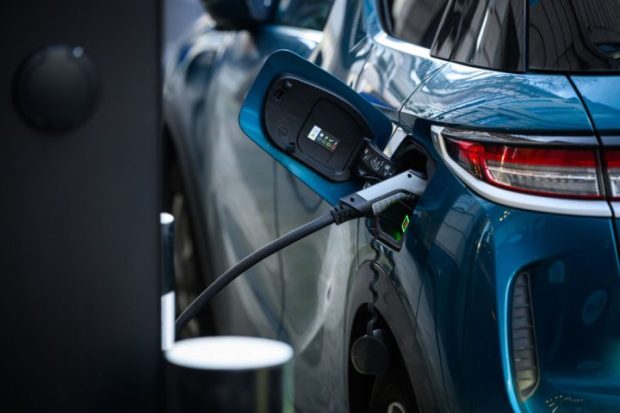
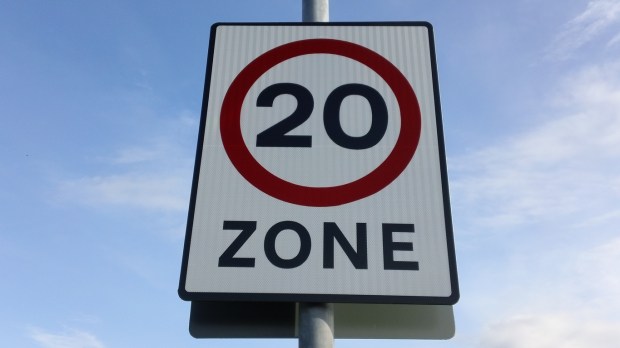
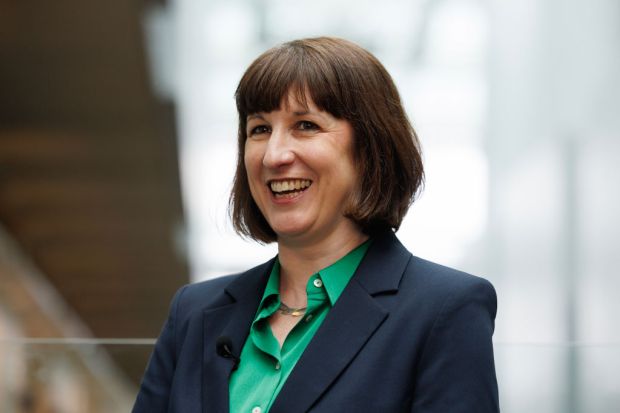












Comments
Don't miss out
Join the conversation with other Spectator Australia readers. Subscribe to leave a comment.
SUBSCRIBEAlready a subscriber? Log in